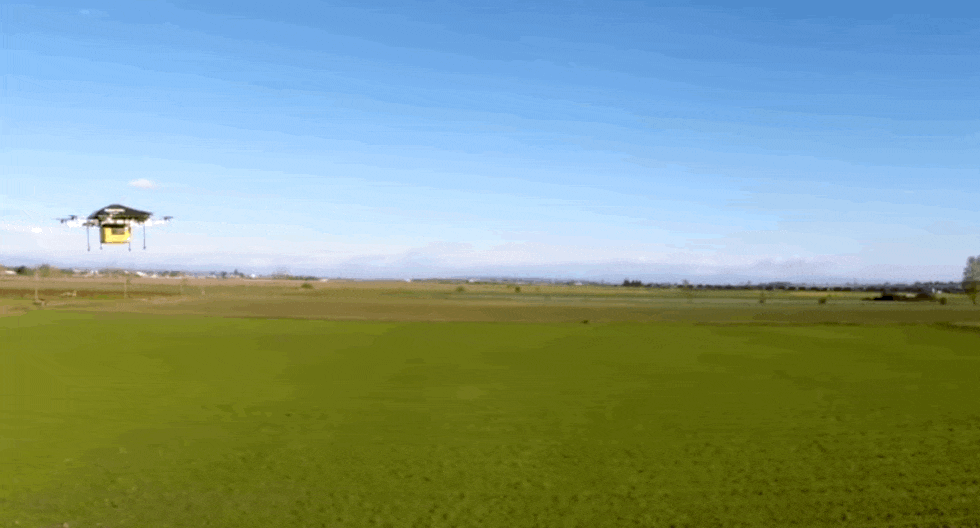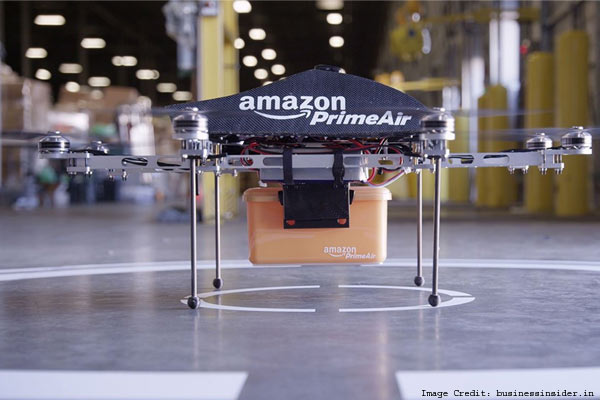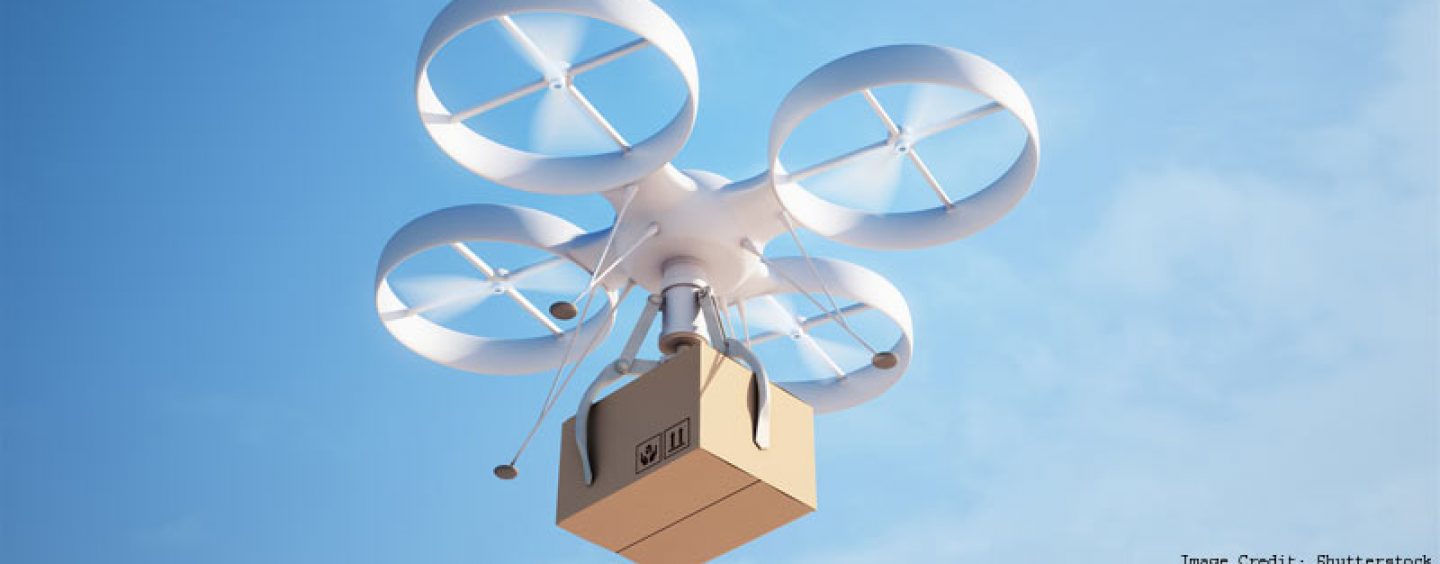Amazon has recently filed the patent for depots that resemble beehives, which could be used in the future to send off drone deliveries. The company has trialed drone deliveries already a “Prime Air” futuristic service that could send packages by drones in less than thirty minutes. According to the patent application of the U.S., the nine storey facilities will be used to house and recharge drones. The beehive-like depots are designed to consume less space in cities and towns and minimize congestions on roads.
Multi-Level Fulfillment Centers
The company is committed to changing the way people around the world receive packages. These multi-level fulfillment centers are expected to allow for the taking off and landing of drones, especially in densely populated urban centers. The application, which was filed in 2015 with the Trademark and US Patent Office, was published earlier last week. It included several numbers of drawings of flying drones outside and inside a cylinder-shaped, tall building that Amazon is looking to position in central metropolitan regions.

These centers are expected to enable Amazon change from the old single-story warehouses model that store packages temporarily prior shipping to customers. The buildings are situated at urban areas’ outskirts and aren’t convenient for city deliveries where populations keep on enlarging. According to some part of the application, locating fulfillment centers within centers would allow quicker delivery of items to the ever growing city populations not forgetting the high population of individuals working in the cities.
Every day thousands of orders would be fulfilled using these centers and drones would use them to recharge their batteries. According to Amazon, the drone centers could control flight operations using a “central command” just like flight controllers at airports. Moreover, these buildings would also ensure traditional vehicle deliveries. Similarly, they could possibly have self-service locations where customers can pick up their items in person.
Possible Challenges

If at all Amazon will continue with its urban drone centers’ vision as summarized in the patent application, the corporation could face various challenges in the nascent industry regulation of commercial drones such as development laws, local zoning, and efforts to control the movements. Late last year, Amazon announced that it was looking to collaborate with the British government to carry out exploring tests for the viability of small parcels delivery by drones and launch the first such test in the UK.
According to the Seattle-based company, it had tested the Prime Air Drone service successfully in December in Cambridge when an unmanned aircraft delivered a TV streaming stick and a popcorn bag to the garden of a customer. Amazon was also in the headlines late last year with “airborne fulfillment centers,” a flying warehouses patent that could be positioned above metropolitan centers and function like airships to coordinate drone deliveries.
Moreover, the retail giant has filed a delivery of packages by parachutes patent. This means that parcels could be dropped from above by drones. The drones would have parachutes to allow for a safe landing when delivering items to customers. Some skeptics are claiming that all these drone-related patents are about gaining free publicity rather than about innovation.
Although drones with eight propellers can carry on with their flight in case one propeller fails, six or four-propeller drones might not sustain controlled flight in case of a propeller damage or motor failure. According to Amazon, the solution would be having two motors in each propeller. The first motor would be in a position to rotate the shaft drive in case the second motor fails.
Patent applications do not imply that a system or product will be deployed. However, the patent activity showcased by Amazon suggests that the Seattle-based company is dedicated to drone delivery. According to Michael Pachter of Wedbush Securities, Amazon’s potential noise-abatement and safety solutions would not imply the implementation of commercial drone deliveries. If a president who is opposed to regulations by the government is elected, Amazon’s efforts will receive a major help at the federal level. Nevertheless, it would face strict drone delivery restrictions especially from state governments that are concerned about safety. Moreover, local governments that are concerned about nuisance and noise issues would impose strict drone delivery restrictions.
See More: Can Shoe Technology Raise Your Game? – Facts You Should Know
Conclusion
Locating fulfillment centers around cities will allow for quicker item delivery to the ever growing population in the cities. Therefore, rather than sprawling above Inland Empire warehouses, the towers for the drones would rise skyward. The inside robots would be responsible for moving goods around. Additionally, they would conduct drones’ maintenance. According to the application, the aerial vehicles would fly from one place to another inside the tower. To reduce noise, the activities of these drones would occur on the upper levels. The aggressiveness of the company to make the delivery by drones a commercial reality can be confirmed further by dozens of patent applications trying to address the noise issue. According to reports, Amazon has filed for over half a dozen patents related to propeller designs for reducing sound or improving its acceptability to the human ear compared to the common high-pitched whine of drones.





